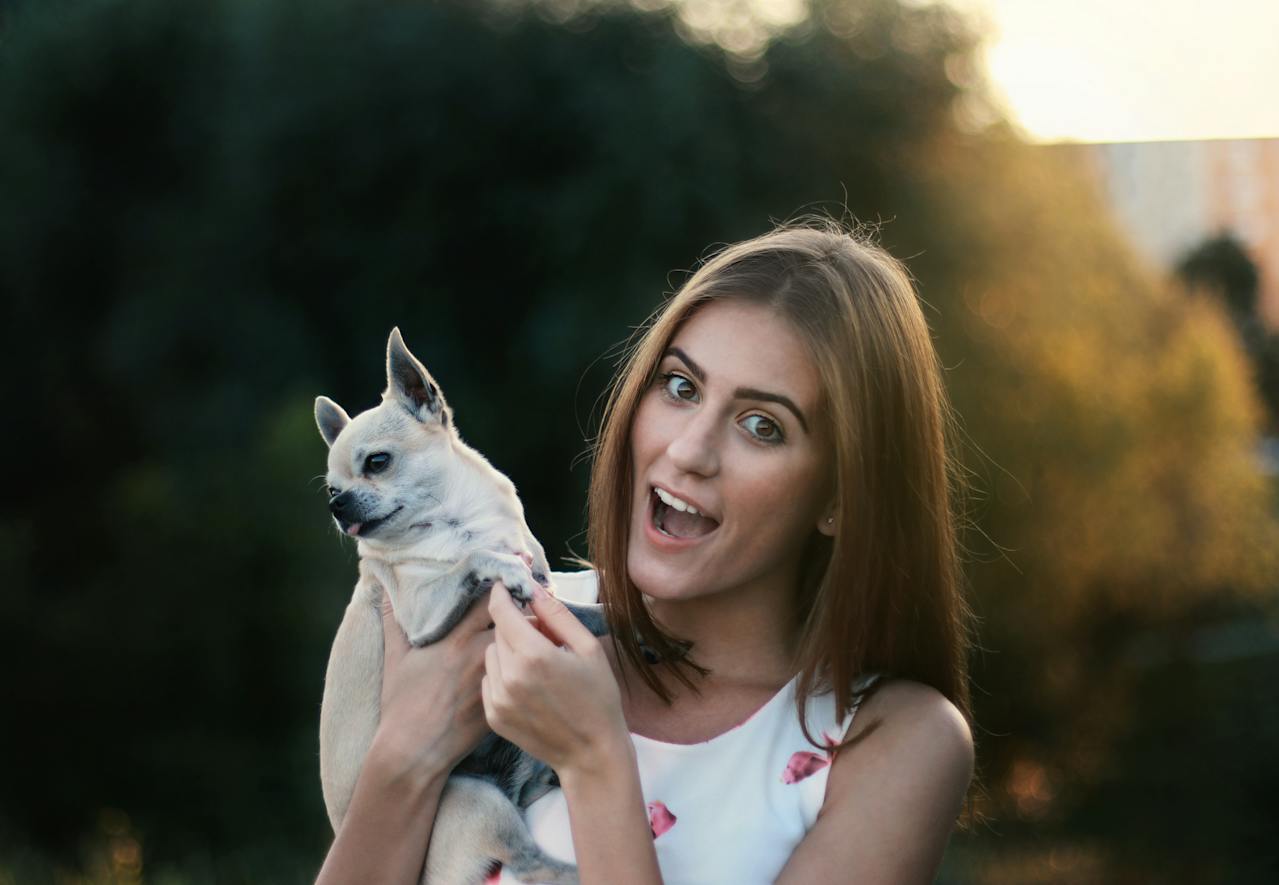Pet Body Weight and Cancer Risk. Excess body weight is an important factor as it relates to the risk of developing tumors and cancer in dogs and cats. Simply put extra pounds increase your pet’s risk of developing cancer.
If your dog or cat is 15 percent or more above his or her ideal weight, he is obese. Being just 10% percent overweight decreases your pets healthy life span by one-third and predisposes him to heart, liver and kidney disease as well as to arthritis, diabetes, and cancer.
Currently, over half of the dogs and cats in America are overweight. Hormones and genetics, as well as individual variations in metabolism and appetite, are predisposing factors. However, the most common cause of obesity is well-meaning owners who indulge their dogs and cats with treats, table scraps, and over-sized portions.
Why does being overweight increase your pets risk of cancer?
Fat or adipose tissue produces excess amounts of hormones including insulin and IGF1 and various growth factors that can promote cancer development. In addition, fat tissue contains blood vessels which feed and fuel cancer cell development.
Overweight pets also suffer from increased oxidative stress which accelerates the aging process and adversely affects the immune system or your pets ability to ward off a host of diseases including cancer.
What Pet Owners Can Do:
- Feed your dog and cat at least 2 meals a day
- Do not free feed or allow pets to “graze”
- Multi-pet households need to ensure pets are not stealing food
- Leave food out for 10 minutes only
- Make sure you can easily feel but not see your dog’s ribs, and they have a visibly tucked up waist
- Provide regular exercise 20 minutes twice a day
- Allow free access to clean, fresh water at all times
- Important: Before putting your pet on a diet check with your vet
Dr. Carol Osborne is an author and world-renowned integrative veterinarian of twenty plus years. After graduating from the Ohio State College of Veterinary Medicine, Dr. Carol completed a prestigious internship at the Columbus Zoo. Shortly afterward, she launched a very successful private practice and became founder and director of the non-profit organization, the American Pet Institute.
Dr. Carol offers traditional veterinary care for dogs and cats with a softer, natural touch. Her approach highlights the importance of nutrition and utilizing holistic avenues in combination with traditional treatments. Currently, she offers holistic therapies and traditional veterinary medical care for dogs and cats at the Chagrin Falls Pet Clinic in Chagrin Falls, Ohio.
Call our Office Today at (866) 372-2765 or complete this Form to Email our Office.







